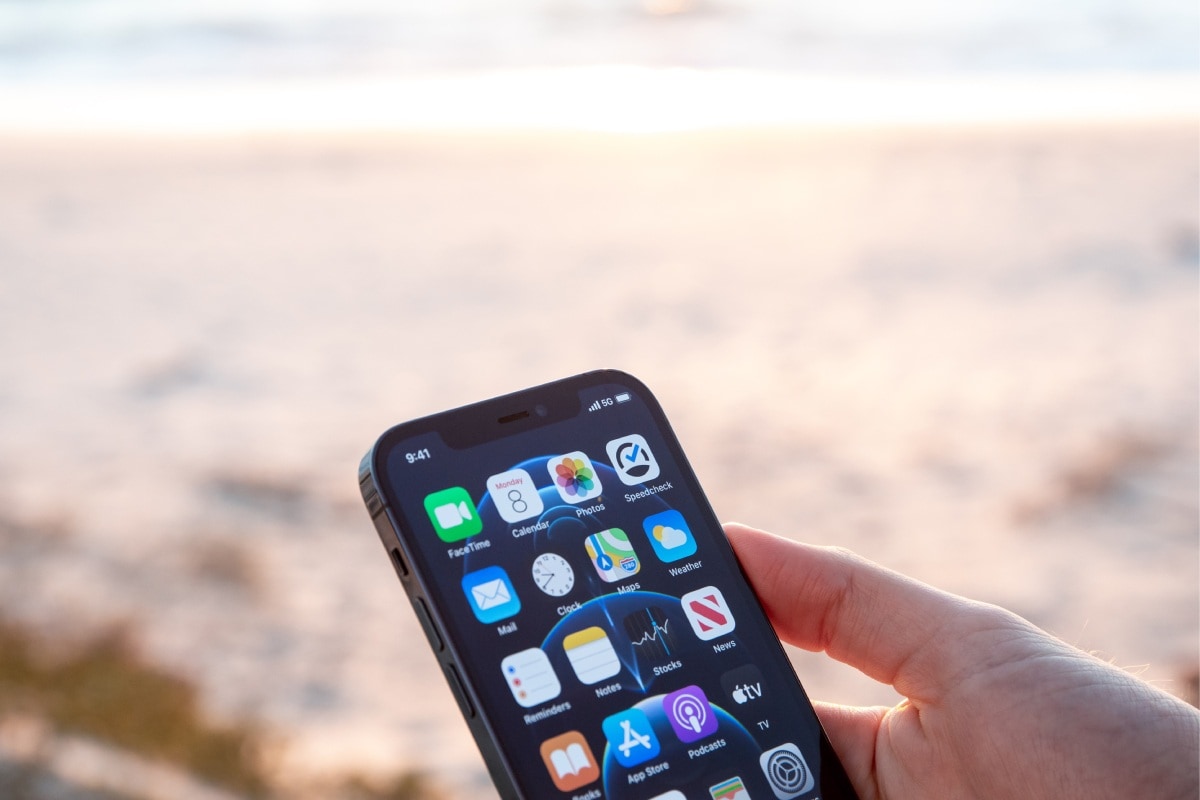What is D2M Technology How Can You Watch Videos Live TV Without Internet connection Explained

In June last year, IIT-Kanpur in collaboration with Prasar Bharati and Telecom Development Society had launched a research institute on D2M broadcasting. white paper In which everything about it has been explained in detail. This technology has been developed by Saankhya Labs and IIT Kanpur. In a letter in August 2023, the Ministry of Communications also listed its use cases. It was told in which areas this technology can be used in the near future.
What is D2M technology?
D2M technology works in a similar way to FM radio, where a special receiver inside the phone can pick up special radio frequencies that carry D2M content. D2M combines elements of broadband and broadcast technology. Mobile phones can capture terrestrial digital TV signals using a dedicated antenna.
According to Information and Broadcasting Secretary Apurva Chandra, the government will reserve 470-582MHz spectrum for this emerging technology.
According to the released paper, this technology will give users access to a wide range of multimedia content directly on their smartphones and tablets, bypassing traditional broadcast methods. This can include live TV channels, educational programs, citizen-centric information, emergency alerts, and even entertainment content like movies and music.
The technology will prove to be extremely beneficial in areas where network coverage is poor or internet is expensive.
Additionally, broadcast will use a different spectrum than mobile data, leaving bandwidth available for other uses.
What benefits will you get from this?
The government says that this technology will benefit both smartphone users and telecom operators. D2M technology will help move 25-30% of video traffic to closed 5G networks, helping accelerate digital growth in the country and democratize content distribution.
Moreover, the government also states that 69% of the content accessed by users on the 80 crore smartphones in India is in video format. Apart from serving people who have other devices like TV, this technology will help reach around 8-9 crore “TV dark” households across the country.